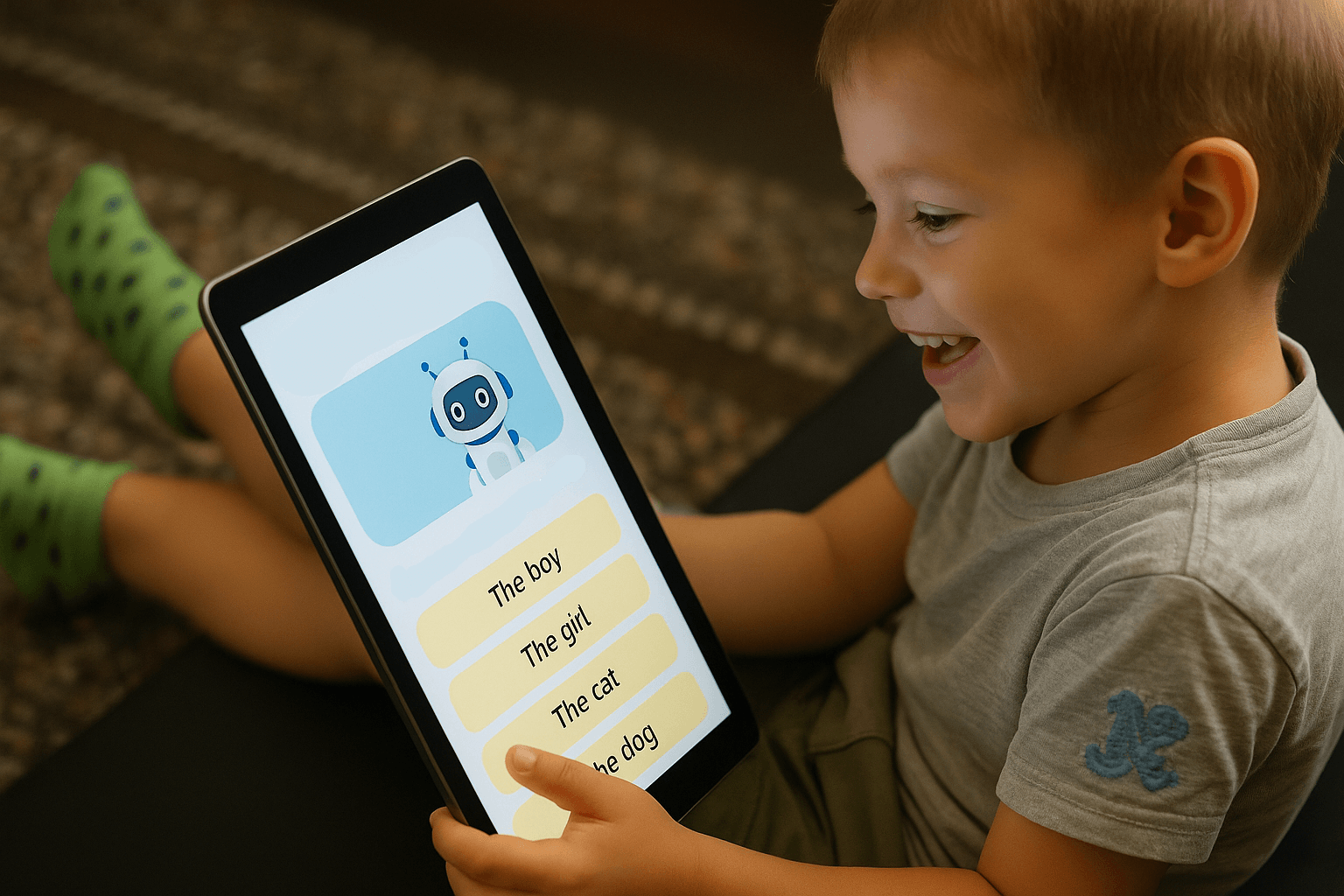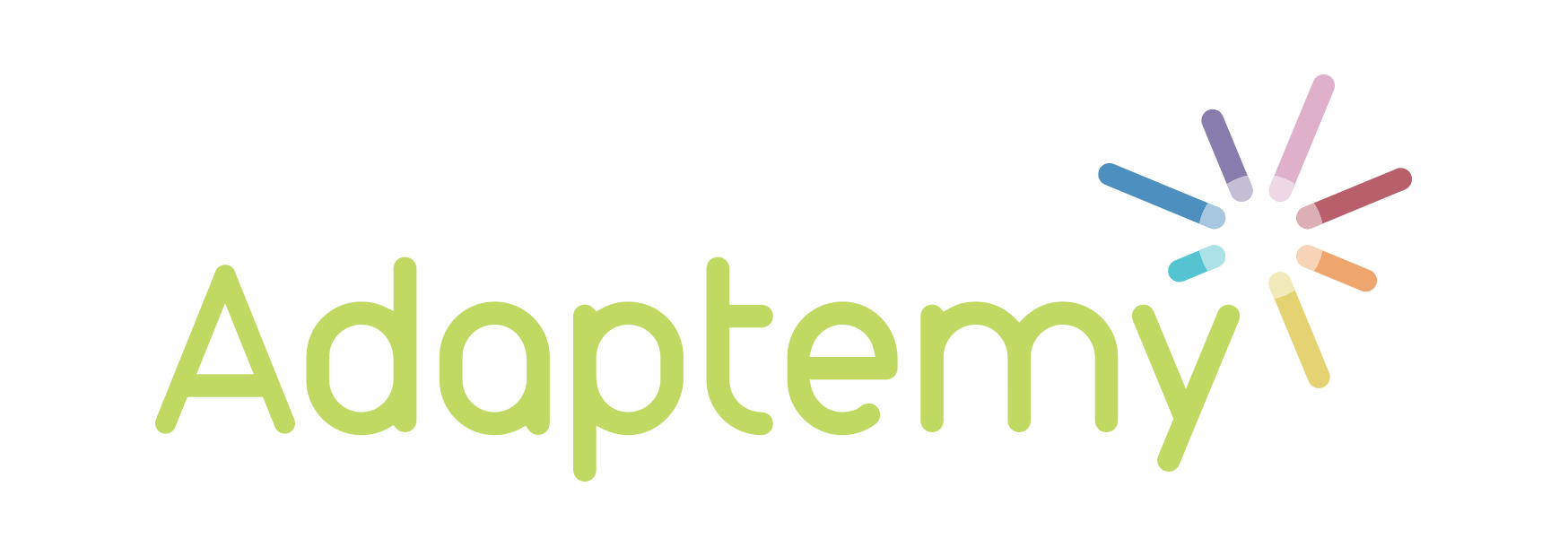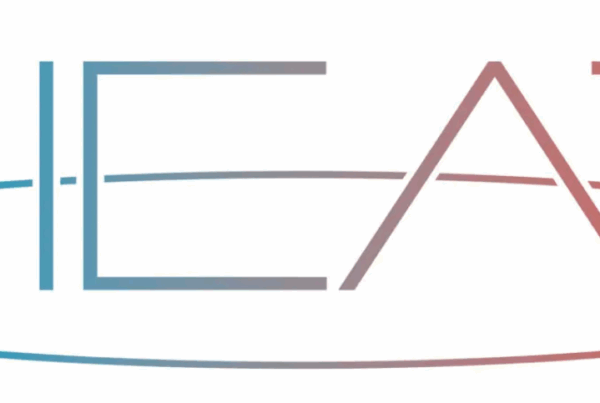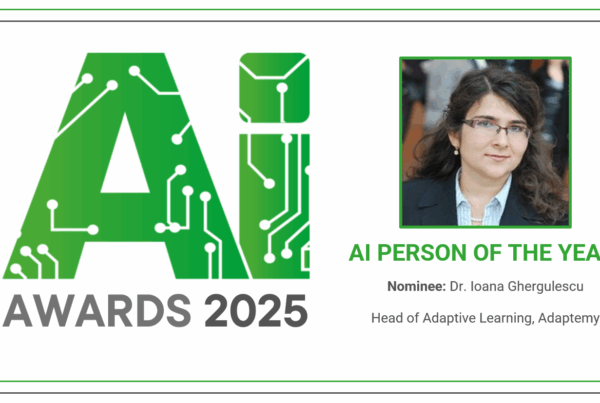
The Science of Smarter Language Learning
For decades, language learning platforms have promised personalization — but rarely delivered it. Vocabulary lists are recycled. Placement tests feel punishing. And revision? A sea of flashcards with no clear strategy.
At Adaptemy, we saw a gap between what cognitive science tells us about learning and how edtech tools actually behave. So we reengineered the core of adaptive language learning — grounding it in memory modeling, AI diagnostics, and smart prioritization.
This blog reveals how our latest innovations go beyond buzzwords. We’re building systems that learn the learner — predicting when they’ll forget, how they respond under pressure, and what topics will yield the greatest gains.
If you’re an educator, product designer, or edtech strategist, this is your invitation into the next era of adaptive language instruction.
1. Vocabulary Drilling – Redefining How Language Learners Build Long-Term Memory
We’ve implemented a multi-layered vocabulary drilling system that applies cognitive science at scale, optimizing how students retain and recall new words in language learning. Our approach is anchored in rigorous memory modeling and personalized learning trajectories.
1. Predictive Scheduling via Half-Life Decay Models
Leveraging the Ebbinghaus forgetting curve and memory decay research, we calculate the half-life of each vocabulary item per learner. This allows the system to predict when a word is likely to be forgotten — and intervene just in time. Each word is assigned a dynamic decay score, which updates based on learner interactions and recall success.
2. Granular Response Analysis: Recall Quality over Binary Scoring
Unlike traditional platforms that register responses as simply correct or incorrect, our system assesses a multidimensional “Recall Quality” score. This score integrates:
- Response latency
- Number of attempts
- Hint usage
- Distractor pattern analysis
These metrics provide a richer understanding of learner memory, distinguishing between fluent recall and hesitant or assisted responses.
3. Individualized Forgetting Profiles
Each learner is modeled uniquely. Instead of applying one memory algorithm to all users, our adaptive engine builds a profile of their personal forgetting curve. This ensures learners are tested at optimal intervals based on their own pace of acquisition and retention.
4. Cross-Course Retention Insights
Memory modeling is also implemented at the course level. This enables educators to compare vocabulary retention across different language tracks. For instance, discrepancies in recall strength between Japanese and French may reflect not just cognitive load, but real-world exposure, script familiarity, or even cultural relevance.
This design is currently deployed within structured lesson flows, enabling fine-grained tracking of memory strength per word, per student, per course — a rare level of insight in vocabulary instruction.
Put Simply…
Most vocabulary tools ask you to memorize words and then quiz you later. But they treat every word — and every learner — the same. We knew that wasn’t good enough.
So we’ve built a smarter way to help students remember the right word, at the right time.
- We predict when you’re about to forget a word — and bring it back right then.
- We don’t just care if you got it right. We care how fast you answered, if you used a hint, or needed a second try. That helps us know whether you’ve really learned it.
- Our system gets to know how fast you forget things, and customizes the learning just for you.
- If you’re learning two languages (say French and Japanese), we can track how well you’re remembering each — and make changes if needed.
This makes learning more efficient, less frustrating, and better suited to how your brain actually works.
Comparison Table:
| Feature | Legacy Systems | Adaptemy’s Vocabulary Driller |
|---|---|---|
| Review Timing | Fixed intervals | Adaptive, based on memory decay per word |
| Response Evaluation | Correct / Incorrect | Rich Recall Quality model |
| Personalization | Same for all learners | Custom forgetting curves and personalised lessons |
| Multi-Language Retention | Not supported | Tracked and analyzed per course |
| Pedagogical Intelligence | Low | High – rooted in cognitive science |
| Learning Efficiency | Repetition-heavy | Precision-timed reinforcement |
2. Adaptive Diagnostic Placement
Precision Vocabulary Banding
Traditional placement systems in language learning rely on linear testing—students face a fixed set of vocabulary items regardless of their ability. This often leads to over-testing, frustration, and misplacement. Our solution introduces an AI-driven diagnostic engine that combines language model classification, Bayesian inference, and adaptive sequencing to streamline and personalize placement.
1. Lexical Complexity Banding
Each vocabulary item is assigned a band level from 1 (basic, high-frequency words) to 11 (complex, low-frequency or abstract terms). This banding is not arbitrary—it is data-driven and aligned to psycholinguistic norms, ensuring the levels reflect real cognitive load and learner exposure. Large language models (LLMs) are used to analyze and classify vocabulary by semantic familiarity, usage frequency, and syntactic complexity and tagged vocabulary items to band level
2. Adaptive Word Sequencing Based on Probabilistic Proficiency Estimation
During the diagnostic phase, learners are presented with words sampled from increasing difficulty bands. Their real-time performance—correctness, response latency, and attempt behavior—is used to update a probabilistic model of their current lexical proficiency.
Using probabilistic proficiency estimation, we can infer a learner’s likely mastery across an entire band based on only a subset of responses. This minimizes testing volume while maximizing diagnostic accuracy. Learners are only presented with words that are informative—those that help refine the model most efficiently.
3. A Motivating, Efficient Diagnostic Experience
The result is a highly personalized, low-friction placement experience. Students begin with easier words and progress into their “zone of proximal development,” with the system dynamically adapting based on performance. This contrasts sharply with traditional models where all students are exposed to the same sequence—often leading to demotivation, cognitive overload, or early disengagement.
Pilot data indicates reduction in diagnostic test length with no loss in placement accuracy, and significantly higher learner satisfaction scores.
Put Simply…
Most language placement tests just throw a fixed set of vocabulary questions at you, no matter who you are. If you get a lot wrong, it can feel demoralizing. And if they’re too easy, it’s boring.
We’ve created something smarter.
- We use AI to group words — from simple everyday words (like dog) to complex ones (like constitutional).
- Then, we adapt the questions in real time. If you’re getting easier words right, we start testing harder ones. If you’re struggling, we slow down.
- Even better — our system can guess how well you know other words just by how you perform on a few, so we don’t need to quiz you on everything.
The end result? A placement experience that’s shorter, more motivating, and more accurate. Students feel confident and challenged — not overwhelmed.
Comparison Table:
| Feature | Legacy Systems | Adaptive Diagnostic Placement |
|---|---|---|
| Vocabulary Tagging | Manual, static lists | AI-driven banding via LLMs |
| Test Path | Fixed sequence | Adaptive, real-time branching |
| Inference Modeling | None | Bayesian propagation across bands |
| Diagnostic Length | Long, repetitive | Short, efficient, high accuracy |
| Learner Experience | Stressful or boring | Motivating, personalized |
| Outcome Accuracy | Inconsistent | Precision-matched placement |
3. SMART Revision Mode
Maximizing Assessment Readiness Through Curriculum Graph Intelligence
In language learning, not all topics contribute equally to a learner’s overall understanding or performance in assessments. Within our adaptive curriculum framework, we apply a graph-theoretic model to quantify the centrality and informational value of each topic. This enables us to offer a SMART Revision Mode—an adaptive pre-assessment preparation tool that personalizes review content based on predictive utility.
1. Information Gain as a Prioritization Metric
Each concept within the course map is analyzed for its “Information Gain Score”—a measure of how much mastery of that concept improves our predictive confidence about the learner’s overall course proficiency. Topics with high centrality, high knowledge connectivity, or frequent dependencies are scored higher. These topics serve as informational bottlenecks and are thus prioritized for review.
2. Student-Controlled SMART Revision Mode
Ahead of formative or summative assessments, learners can opt into SMART Revision Mode, signaling their goal to prepare efficiently. Our adaptive engine dynamically constructs a revision experience that maximizes coverage per unit of learner time, using each student’s real-time mastery profile and the Information Gain scores of all remaining topics.
This hybrid model combines learner agency (student-initiated revision) with system-led optimization, leading to more effective preparation without overwhelming the student.
3. Hybrid Personalization = Better Efficiency, Better Motivation
Traditional revision systems treat all concepts as equal and often overwhelm students with broad coverage. Our system uses targeted cognitive effort allocation, meaning that students review fewer topics—but those that matter most. Empirical analysis shows higher revision completion rates and stronger performance correlation with assessment outcomes among students using SMART Revision Mode.
Put Simply…
When you revise for a language test, most tools just give you everything you haven’t finished. That’s not helpful — or realistic.
Our SMART Revision Mode does things differently.
- Behind the scenes, we know which concepts are the most important to review — not just the ones you got wrong, but the ones that will help you score better overall.
- When you turn on SMART Revision, we prioritize high-impact topics based on how central they are to the course and how well you know them already.
- You still choose when and how to revise — but we help you focus your time where it counts most.
That means less time wasted, more confidence going into assessments, and better results.
Comparison Table:
| Feature | Legacy Systems | SMART Revision Mode |
|---|---|---|
| Concept Prioritization | Flat; all concepts treated equally | Ranked by Information Gain Score |
| Revision Trigger | Manual topic selection | Learner-initiated, system-optimized |
| Curriculum Awareness | None | Curriculum graph–based adaptation |
| Learner Efficiency | Low; broad content coverage | High; maximum coverage per minute |
| Assessment Alignment | Indirect or general | Directly aligned with upcoming assessments |
Conclusion: From Personalization Promise to Precision Delivery
In a space flooded with generic solutions, it’s time to raise the bar for what adaptive language learning should mean. As we explored in this blog:
- Intelligent Vocabulary Drilling uses real-time memory modeling and spaced repetition to predict forgetting and personalize retention.
- Adaptive Diagnostic Placement replaces static tests with AI-driven pathways that are faster, fairer, and far more motivating.
- SMART Revision Mode helps students prepare with confidence by prioritizing the topics that matter most — not just the ones they missed.
We started with a simple belief: every learner deserves a path tailored to how they think, feel, and forget. Now, that belief is a system — one that’s grounded in science, powered by AI, and ready to scale.
If you’re building the future of language learning — whether as an educator, curriculum leader, or product innovator — we’d love to talk.
> If your team is committed to improving learning and training with AI, you can book a virtual meeting with Adaptemy here:




